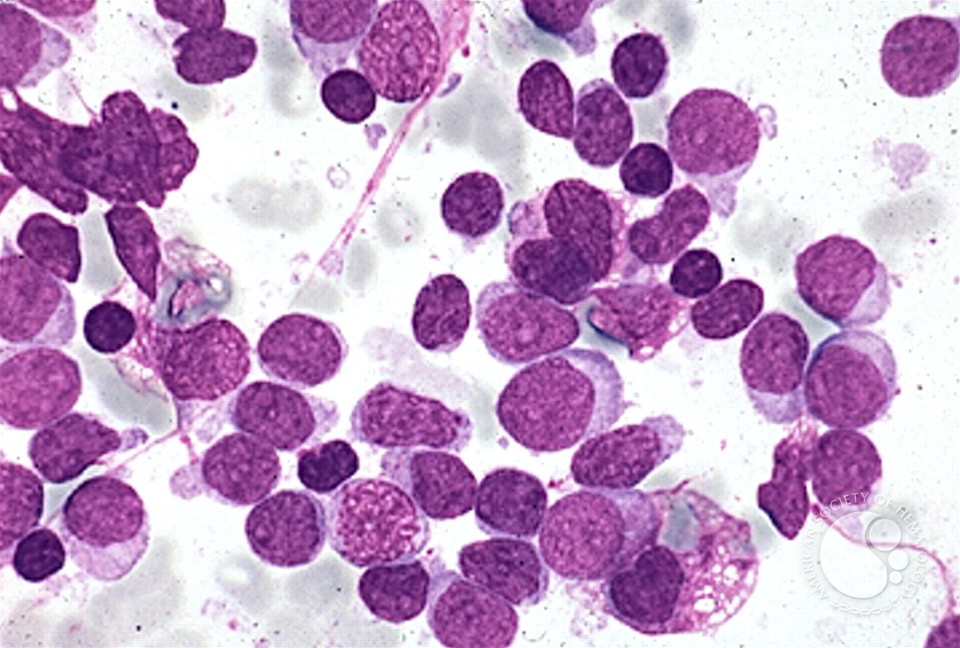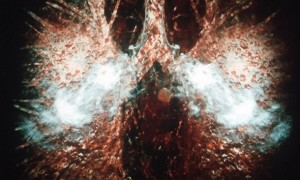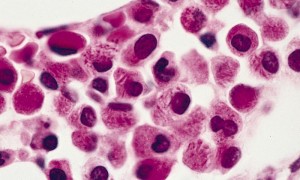This form of cancer is caused due to the rapid, over-production of underdeveloped white blood cells in the bone marrow. Because these cells are being reproduced at rates that the body cannot control, they start to accumulate and also cause the inhibition of growth of red blood cells and platelets. Originating from the bones, they soon spread to other parts of the body and organs through the blood stream and cause major health issues and if not treated, even death.
Acute lymphoblastic leukemia is known by other names as well such as acute lymphocytic leukemia and acute lymphoid leukemia. The word “acute” added in all descriptions is due to the rapid, uncontrollable multiplication of immature white blood cells. This form of cancer usually occurs in children below the age of 5, though some adults may suffer from this as well. It is good to note that majority of child cases are cured, though the same cannot be said for adults who are treated and most of them succumb to the disease.
There are some signs and symptoms that take place that point to the fact that the patient is suffering from ALL. Some of the symptoms are: fever, dizziness, loss of appetite, weight loss, breathlessness, unexplained bruising on skin, enlarged organs, joint and bone pain and fatigue. Diagnosing ALL is quite straightforward, because the signs are definite and point particularly to the disease. Usually blood smears are taken, bone marrow is examined and spinal taps are conducted to determine if the cancerous cells have invaded the spinal chord and brain.
Treatment
Treatment for acute lymphoblastic leukemia is usually based on chemotherapy and may be similar or totally different to that of Bone Marrow Cancer. The main aim of curative procedures is to either signal the chemical production of cells or to inhibit the chemicals.
There are usually three stages to treating the cancer:
- Induction – The first aspect of treatment involves remission. This means that the cancerous cells are removed from the body until the cell count returns to normal and bone marrow achieves its natural structure. At this point, chemotherapy is at its strongest and treatment may last for a month or so. Doctors need to keep constant checks on the patient, so frequent hospital visits or stays are necessary. They need to determine that the white blood cells are not multiplying at rapid rates on the sly in other parts of the body. Also, since the system is being introduced to the powerful chemicals and medication that chemotherapy entails, there shouldn’t be any adverse side effects or infections occurring.
- Consolidation – This stage involves intense treatment to make sure that the leukemia doesn’t attack again. Similar medication used in the first stage is re-enforced and the patient may need to endure this for some months before being in the clear. Another alternative in this stage is to conduct a stem cell transplant with siblings or someone close in the family who shares similar bone marrow DNA make-up. It is not compulsory, but may be conducted on some patients so help them keep up the healthy growth of new bone marrow.
- Maintenance – This is the final stage in chemotherapy treatment. Since the cancer cells are said to be burnt and now the body stays healthy with the correct production of amounts of red blood cells, white blood cells and platelets, the patient would be put on some medication still, but that is only to wean off the tiring and chemically strong chemo process. This lasts for around 2 years as check-ups and blood tests are conducted regularly. This is a time for healing and developing a healthy system for the patient to live a prolonged life, free of the disease.
Liked this article on Acute Lymphoblastic Leukemia (ALL) and have something to say? Comment below and don’t forget to SHARE THIS ARTICLE!
Image Source: hematology.org







